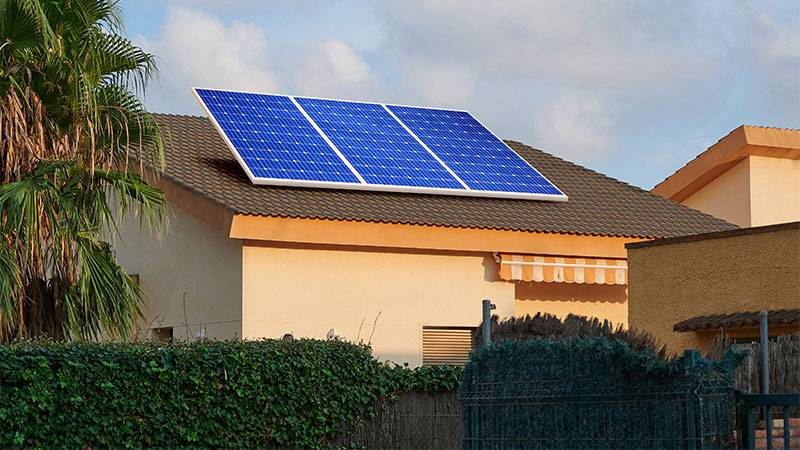In a surge of environmental consciousness and a bid to foster renewable energy solutions, Germany has witnessed a remarkable increase in the installation of plug-in solar systems, with the first quarter of 2023 seeing a seven-fold rise compared to the same period in the previous year.
This burgeoning market, which is also gaining traction in other European countries and China, is championed by advocates like Christian Ofenheusle, the head of Berlin-based company EmpowerSource, who envisages a future with 12 million plug-in solar systems in Germany by 2030.
These plug-in solar systems, affordable and relatively easy to install, comprise one to three photovoltaic modules that can be hung on balconies, walls, or installed on terraces, roofs, or in gardens without the need for a professional tradesperson. The systems convert the direct current from the solar module into grid-standard alternating current (AC) through an inverter, allowing it to be plugged into a standard wall outlet, facilitating a simple yet effective way for residents to generate solar electricity.
While these systems are particularly productive in sunny regions, generating the most electricity in direct sunlight during spring and summer, their efficacy in Germany and Central Europe is approximately half compared to sunnier locales. However, strategic module placement, such as a south-facing alignment at an optimal power-yielding angle, can enhance electricity generation, with a 400-watt module potentially producing around 260 kWh of electricity annually in Germany.
Despite the promising prospects, a plug-in solar module can only satisfy a fraction of the energy demands in industrialized nations with high per capita electricity consumption. For instance, a four-person household in Germany, which consumes about 4000 kWh annually, would find the electricity generated by a single module insufficient.
Yet, advocates argue that these modules can aid in reducing power bills, offering a sustainable solution to power low-consumption devices even during the darker months of autumn and winter.
There is “a great deal of interest” in the technology in other European countries such as Poland, France, the Netherlands, the UK, Austria, Switzerland and Hungary, said Ofenheusle. Each of the states has also tried to cut the red tape around installing such units.
The financial aspect of these plug-in solar systems is also encouraging, with a price range between €400 and €1200 in German online stores. Given the current electricity prices, these panels can pay for themselves in six to nine years, according to Thomas Seltmann of the German Solar Industry Association. Moreover, the long lifespan of solar panels, which average over 25 years, and inverters, functioning up to 15 years, ensures free electricity for at least a decade post the break-even point.
Safety concerns surrounding these plug-in solar units are minimal, with no reported damages thus far. However, experts recommend purchasing from specialized dealers or online retailers who offer matching components along with installation guidance. Furthermore, securing and anchoring the modules properly to withstand wind and harsh weather conditions is essential.
While plug-in solar units are unlikely to fulfill the burgeoning electricity demands of the future entirely, they symbolize a step towards a greener future, encouraging individuals to generate their own solar power and foster climate-friendly energy solutions, according to Deutsche Welle.
Leo Ganz of EUPD, a Bonn-based international market research company, emphasized the pivotal role of these installations in mobilizing people for the energy transition, heralding them as not just a DIY energy solution but a fun and engaging way to promote renewable energy.
More inspiring green news similar to this:


